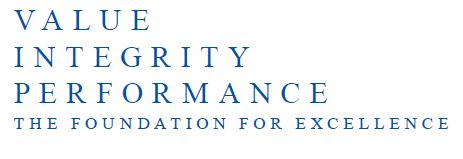April 22, 2025 |
Equity markets have experienced significant volatility over the past few weeks, driven by President Trump’s recent tariff actions and continuing uncertainty around the administration’s objectives. President Trump announced a wave of new tariffs on April 2nd which exceeded the market’s expectations, sending the S&P 500 down over 10% in the two days immediately following1. Then on April 9th, following the announcement that the extra “reciprocal” tariffs on most countries would be paused for 90 days, the S&P 500 gained 9.5%, making it the tenth best day for the U.S. equity market in the last century2. For investors, this market environment underscores the importance of staying invested. While it may be tempting to cash out when markets sell-off to avoid risk, historical data suggest that staying invested through market fluctuations tends to yield better returns than attempting to time the market.
Missing the best days in the market significantly reduces returnsAttempting to time the market can be costly. Investors who try to predict market movements, or wait for market conditions to improve, often miss out on the best days of market performance. Over the last 20 years, six of the ten best days for the S&P 500 occurred within just two weeks of the ten worst days3. Missing the top-performing days in the market can significantly reduce overall returns, as shown in the chart below. An investor with $10,000 invested in the S&P 500 who remained fully invested over the last twenty years would have outperformed an investor who missed out on just the 5 best days by 62% and one who missed out on the 10 best days by more than 100%3. If the $10,000 remained fully invested over the 20-year period, this amount would have grown to $66,2123. In comparison, missing out on just the 5 best days during that investment horizon reduces the return by 38%, resulting in an ending investment value of $40,895 and missing the 10 best days reduces the return by more than half, resulting in an ending investment value of $29,4563. |
|
|
| While equity markets have experienced notable volatility in 2025, we believe the long-term benefits of staying invested outweigh the potential gains from market timing. By staying focused on longer-term equity market performance, understanding the costs of market timing, and maintaining a diversified portfolio, investors can better navigate market fluctuations to stay on track with their investment goals. |

Michelle Tiraborelli
Head of CEFs
Michelle Tiraborelli has 19 years experience in the financial industry and is Senior Vice President and Head of Closed-End Funds at Brompton Group. Prior to joining Brompton in 2010, Ms. Tiraborelli was an Investment Advisor with BMO Nesbitt Burns. She holds a Bachelor of Science (Honours) degree from Queen’s University and an MBA from the Hong Kong University of Science & Technology.








